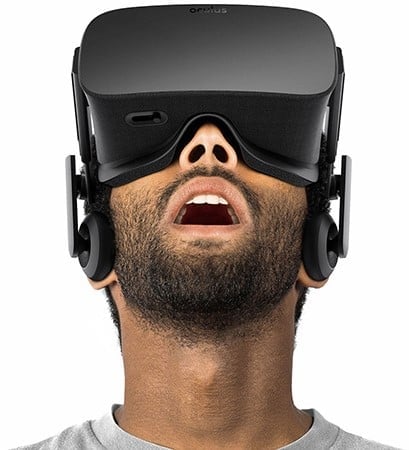Using GPS to keep track of your equipment reduces frustration, prevents loss, and may even deter theft. What’s more, it may also help you recover any equipment that has been stolen, and it could save you money on your insurance premiums, too. Here’s how RFID, QR codes, and Bluetooth Low Energy (BLE) work together to protect your assets.
In this article...
What is GPS Tracking?
Simply put, GPS tracking is a process by which satellites in Earth’s orbit triangulate an object’s precise location by averaging out coordinates between three different satellites. This allows individuals to track their assets, navigate their vehicles, and much, much more. GPS tracking is excellent for allowing you to discover the exact location of one of your assets, which it is why it is becoming so popular in many of today’s businesses. It helps prevent loss and deters theft, and in some cases even provides discounts on business asset insurance.
QR Codes and Vital Information
QR codes work very well with GPS tracking because they store information in much the same way that a barcode does. With a simple scan, it’s possible to learn the item’s serial number, maintenance record, purchase price, depreciation value, and much, much more. That’s why so many companies these days have bypassed traditional barcodes in favor of QR codes with GPS tracking chips. They provide more information and better protection.
RFID and Its Role
RFID technology is what is being used in “chip” credit cards. It’s essentially a radio frequency system that uses an electromagnetic field to transmit data from a chip, called a “tag”, to a reader. These can provide some benefit, but they are far more expensive to implement than QR codes since they require more hardware and separate devices that can read RFID chips. Conversely, you can read QR codes with just about any smartphone equipped with a camera and QR code-reading software. Most smartphones manufactured today meet both of these requirements.
How Bluetooth Low Energy (BLE) Works

There are many different types of technology out there that can work with GPS tracking to provide automated asset tracking and security. However, QR codes still prove to be the simplest, least expensive, and most versatile option for most businesses that want to keep track of assets’ locations and information in a simple, unified manner.
Want to learn more? Read out in-depth article: Facts about GPS tracking using QR codes, RFID/NFC, Bluetooth & SMS



